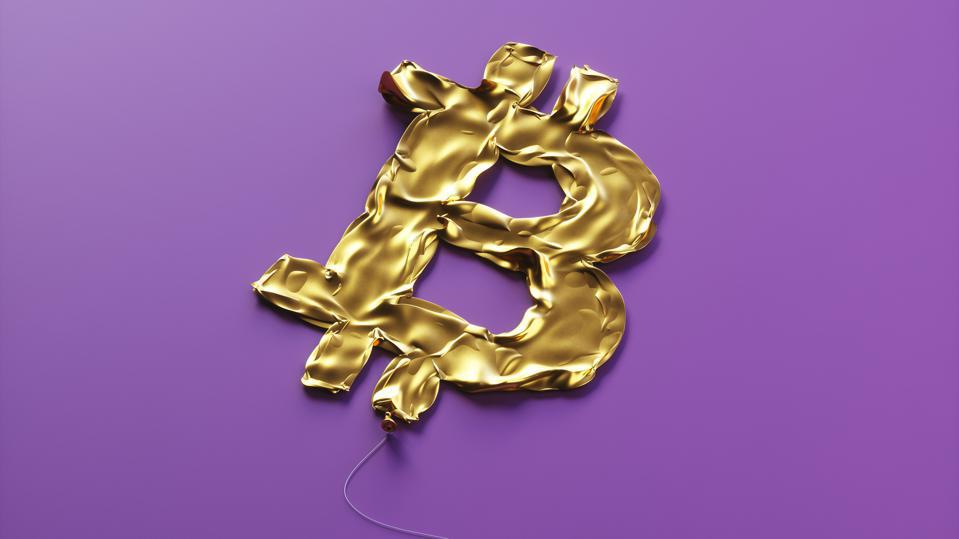Bitcoin, the world’s most popular cryptocurrency, led the bear market last week by falling to pre-2021 price levels, creating a sense of panic among the industry. There has been a lot of negative macro economic news developing over the past couple of weeks, and the most significant impacts so far were felt in the week just passed. BTC USDT traded below $20k for the first time in 18 months, and hasn’t been able to claw back any considerable ground.
U.S inflation data still exceeds market expectations, and inflation is unlikely to be contained in the short term. To that end, there are signs of it gradually getting out of control. It is highly probable that the Federal Reserve will raise interest rates by 50 basis points at each of their next two meetings, and it cannot be ruled out that there will be a few FOMC meetings that will raise interest rates by 75 basis points. In the short term, inflation remains the main upward pressure on risk assets.
The model is much more pessimistic than it was in March. The New York Fed expects the U.S. core PCE index to remain high at 3.8% in 2022, up a full percentage point from its March forecast, and gradually decline to 2% thereafter (2.5% in 2023 and 2.1% in 2024). Specifically, the model also predicts modest negative GDP growth in both 2022 and 2023, at -0.6% in 2022 and -0.5% in 2023, compared with 0.9% and 1.2% respectively in March.
From June 12 to June 19, the balance of BTC in its exchange decreased from 2.49 million to 2.41 million, and the net withdrawal of coins in a single week was more than 80,000, among which the net withdrawal of coins in a single day on June 17 was more than 50,000. The increase in coin withdrawals is mainly related to the recent wave of coin withdrawals caused by large-scale movements as a consequence of on-chain liquidation, and negative news coming from some small exchanges.
Markets overall are not in a good place. USDT was trading around $0.9978, which may sound like a minuscule difference to $1 but as a stablecoin this can be significant. However, ‘crypto winters’ (a term given to more harsh market conditions) have come and gone in the past, so there should be no long term concerns about the longevity of the industry. It’s been here before, will most likely be here again in the future, and has managed to recover each time.
Looking ahead, optimism remains limited among the BTC market. A significant fear index grips traders, and this won’t shift anytime soon. If we are looking for positives, trends show that Bitcoin Price is significantly undervalued, and this may present an opportunity for traders looking to take advantage of vastly reduced prices. All eyes remain on the United States for further economic developments before the market will take its lead.










